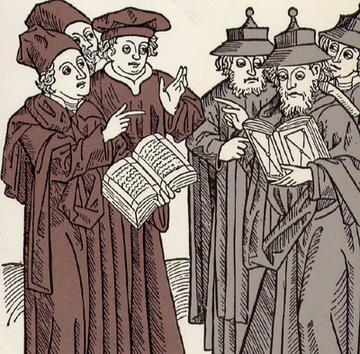
“Many a long dispute among divines may be thus abridged: It is so; it is not so; it is so; it is not so.” — Ben Franklin

“Many a long dispute among divines may be thus abridged: It is so; it is not so; it is so; it is not so.” — Ben Franklin

Venus flytraps can “count.” When an insect contacts one of the triggering hairs between its hinged leaves, the trap prepares to close, but it won’t do so unless a second contact occurs within about 20 seconds. This spares the plant from wasting energy shutting on raindrops and other nonliving stimuli.
The plant will release a cocktail of prey-decomposing acidic enzymes after five stimuli, enough to “convince” it that it’s caught a creature worth consuming.
(Jennifer Böhm et al., “The Venus Flytrap Dionaea muscipula Counts Prey-Induced Action Potentials to Induce Sodium Uptake,” Current Biology 26:3 [Feb. 8, 2016], 286–295.)
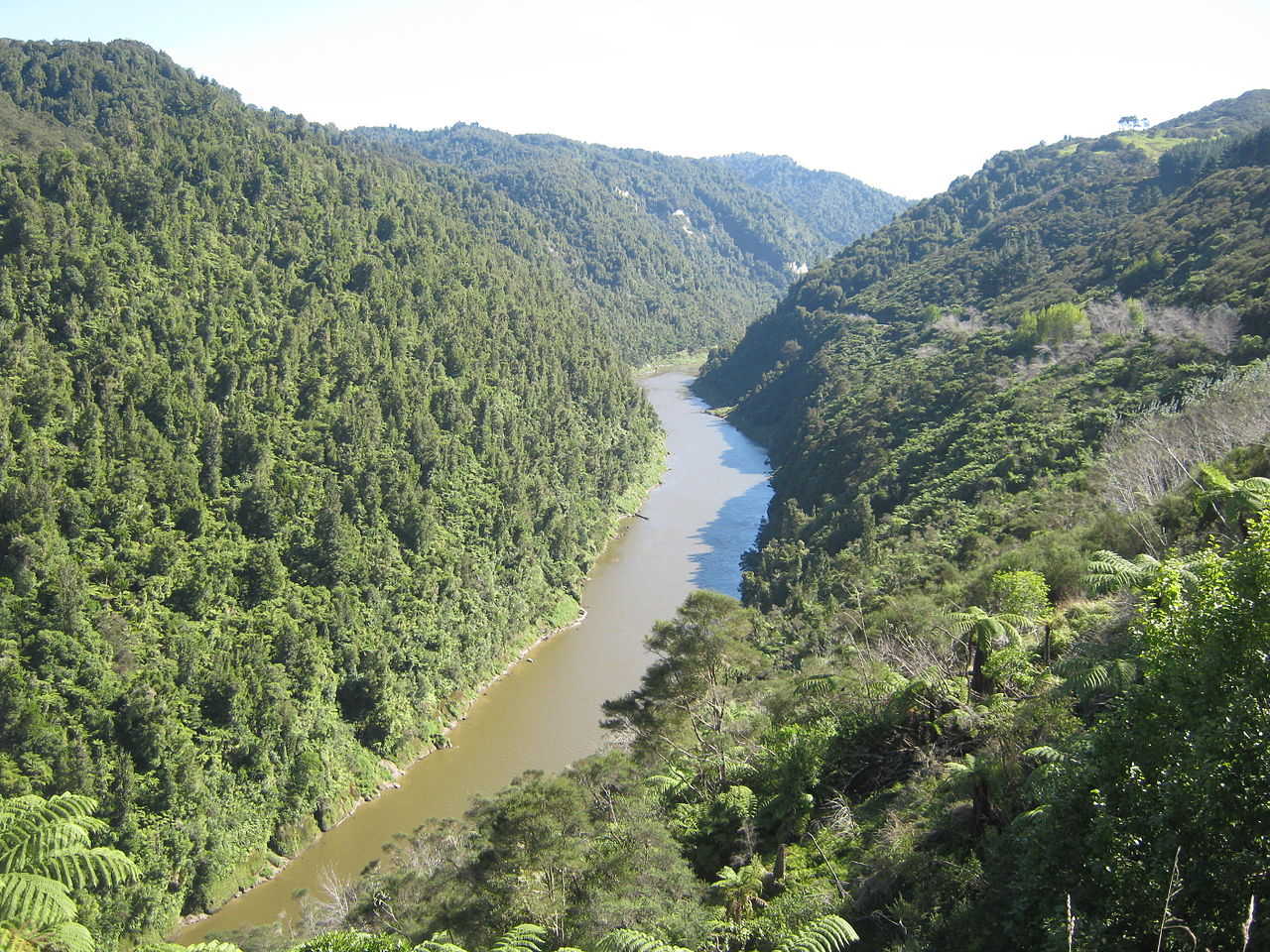
Because of its importance to the region’s Māori people, New Zealand’s Whanganui River is legally a person, with rights, duties, and liabilities, including the right to be represented in court proceedings.
Treaty Negotiations Minister Chris Finlayson said the river will be recognized as a person “in the same way a company is, which will give it rights and interests.”
Gerrard Albert, lead negotiator for the Whanganui iwi (tribe), said, “We have fought to find an approximation in law so that all others can understand that from our perspective treating the river as a living entity is the correct way to approach it, as an indivisible whole, instead of the traditional model for the last 100 years of treating it from a perspective of ownership and management.”
In 2011, residents of Ecuador sued the provincial government of Loja on behalf of the Vilcabama River to stop a road-widening project that was forcing rocks and debris into the watershed. A “rights of nature” provision in Ecuador’s constitution permits people to sue on behalf of an ecosystem. A judge decided in favor of the river, and the municipality had to cancel the project and rehabilitate the area.
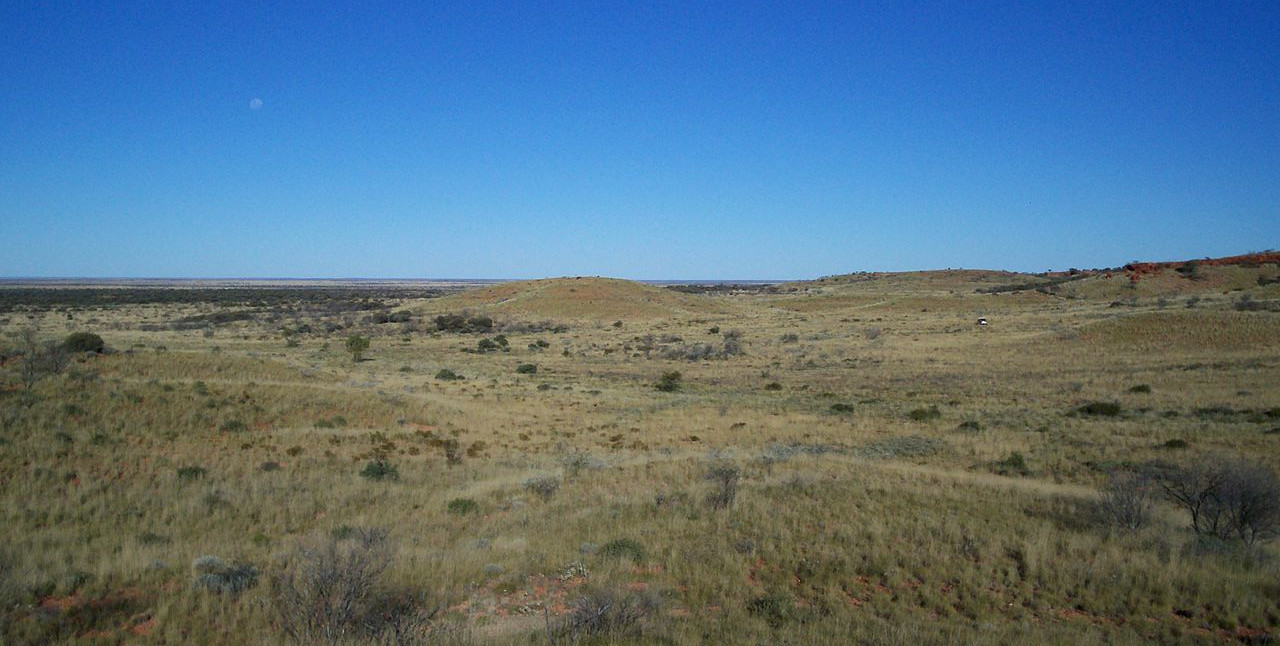
In 1977, a young woman named Robyn Davidson set out to pursue what she called a “lunatic idea” — to lead a group of camels 1,700 miles across western Australia, from the center of the continent to the Indian Ocean. In this week’s episode of the Futility Closet podcast we’ll follow Davidson’s remarkable journey alone through the Outback and learn what it taught her.
We’ll also dive into the La Brea Tar Pits and puzzle over some striking workers.
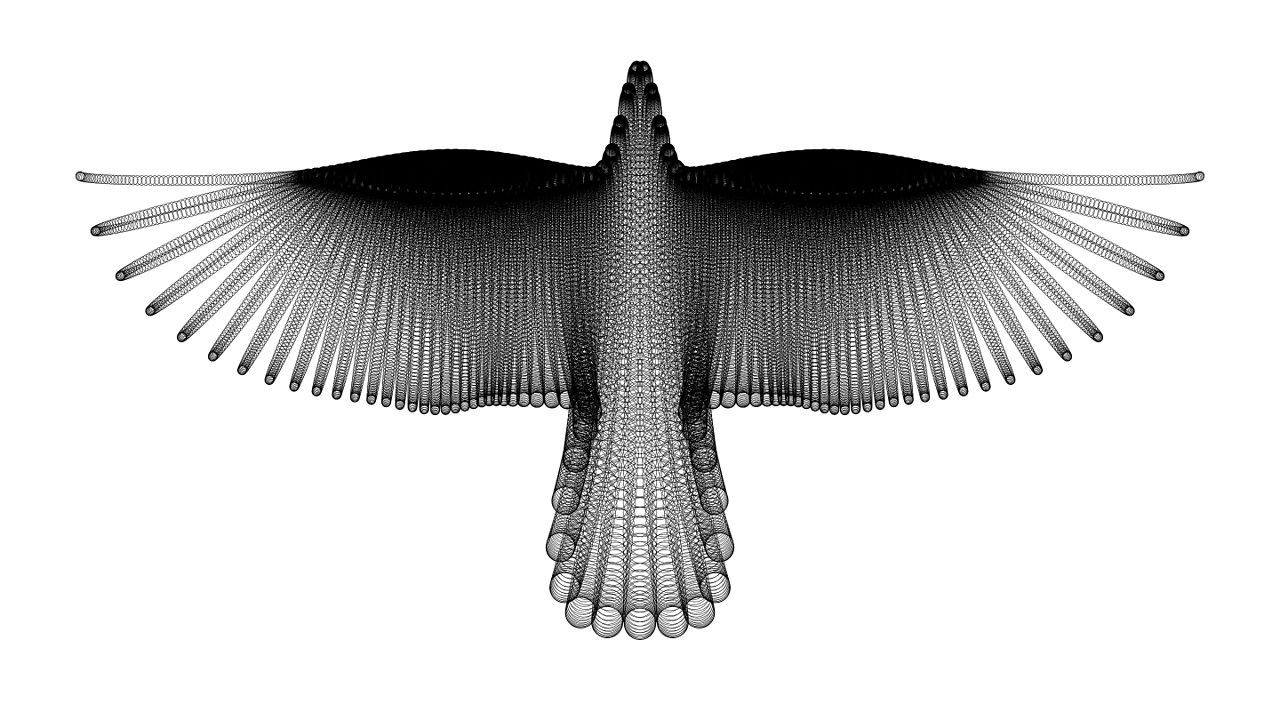
Iranian artist Hamid Naderi Yeganeh makes art from math. The image above shows all circles of the form , for k = -10000, -9999, … , 9999, 10000, where
In 1927, Ukrainian conductor Nikolai Malko played Vincent Youmans’ song “Tea for Two” for Dmitri Shostakovich and bet 100 roubles that the composer couldn’t reorchestrate it from memory in less than an hour.
Shostakovich did it in 45 minutes.
He later incorporated the arrangement into Tahiti Trot and used it as an entr’acte in his 1930 ballet The Golden Age.
(Thanks, Allen.)
In the 1950s, archaeologists unearthed a cuneiform tablet from an ancient palace in northern Syria. Dating to 1400 BC, it contained lyrics for a hymn to Nikkal, a Semitic goddess of orchards, as well as instructions for a singer accompanied by a nine-stringed lyre.
That makes the “Hurrian hymn” the oldest surviving example of a written song.
When Colonel Abraham Holmes, a supporter of Monmouth, was executed with some of his companions at Lyme Regis in 1685, the horses could not pull the sled carrying the condemned men to the scaffold. The attendants began to whip them furiously, whereupon Colonel Holmes, with one of those superb gestures of which the men of the seventeenth century were so frequently capable, got out to walk, saying, ‘Come, gentlemen, don’t let the poor creatures suffer on our account. I have often led you in the field. Let me lead you on in our way to Heaven.’
— Keith Thomas, Man and the Natural World, 1983

In 1973 Anthony Burgess lost a book manuscript to a scippatore, a thief on a Vespa.
He was living in Rome and working on Joysprick, his study of the language in Finnegans Wake. “I carried it in its Gucci case towards a Xeroxshop to be copied, but it was scippato on the way.”
He was remarkably philosophical about the loss. “The typescript was presumably fluttered into the Tiber or Tevere and the case sold for a few thousand lire. I had to write the book again, not with too much resentment: it was probably better the second time.”
“These scippatori were never caught by the police, who probably shared in their proceeds: their little motorcycles were not legally obliged to be fitted with a targa or numberplate. Petty crime is excused, or even exalted, by the greater crimes of the Quirinale.”
(From Burgess’ memoir You’ve Had Your Time, 1990.)
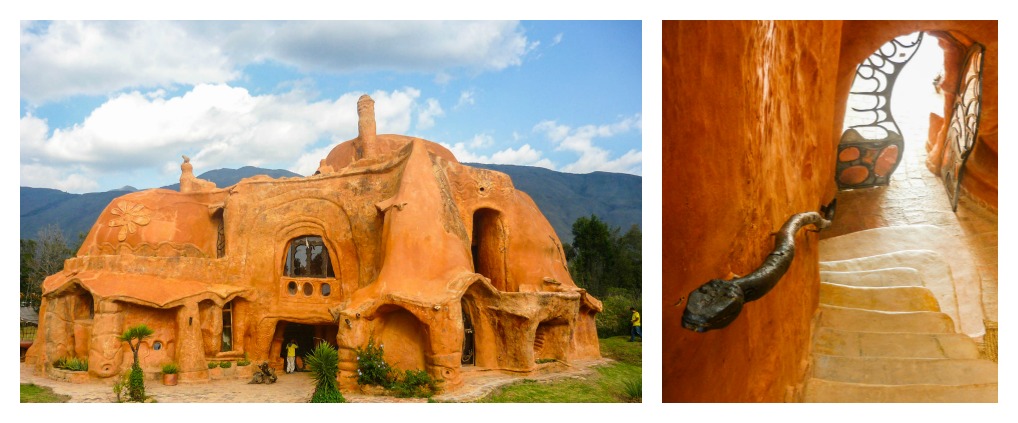
To show that soil can be transformed into habitable architecture, Colombian artist Octavio Mendoza made a 5,400-square-foot house entirely out of clay. Casa Terracota (known to the neighbors as “Casa de Flintstones”) contains no cement or steel — the whole building is fashioned from clay, including two floors of living space, all the furniture, and all the dishes.
After a career spent designing more conventional buildings, Mendoza spent 14 years realizing the project, to show that functional buildings can be made using the natural resources at hand. He calls it “the biggest piece of pottery in the world.”